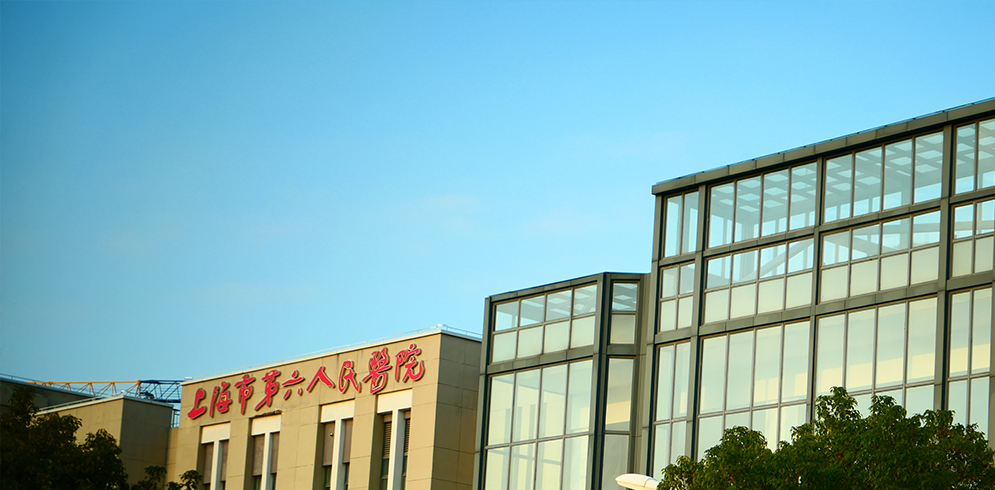
Introduction
Since the establishment of the People's Republic of China, Dr. Zhou Chenghu, a pioneer in modern ophthalmology in China, served as the first director of the Department of Ophthalmology of Shanghai Sixth People's Hospital. Dr. Zhou held esteemed positions such as vice chairman of the Ophthalmology Society of the Chinese Medical Association and vice president of the Shanghai Branch of the Chinese Medical Association. He made significant contributions to trachoma prevention, myopia treatment, and fundus disease diagnosis and treatment. Notably, Dr. Zhou represented China at the First Asian-African Ophthalmology Academic Conference in Egypt in 1958, where he introduced the "Tension Accommodation Theory" of myopia and proposed classifications for different types of myopia. His renowned work, "Lecture Notes on Fundus Diseases", remains a revered resource in the medical community worldwide.
Under the leadership of Professor Wei Xuan, the Department of Ophthalmology pioneered the use of fundus fluorescein angiography (1985) and visual electrophysiology (1987) for diagnosing fundus diseases, marking a milestone in ophthalmic diagnostics. The department organized the first nationwide fundus fluorescein angiography courses to disseminate these technologies to hospitals across the country, achieving notable success in diagnosing and treating rare and challenging fundus diseases. Since 1965, led by Professor Yang Guan, the department has been at the forefront of applying laser technology in ophthalmology. Collaborating with the Shanghai Institute of Optics and Mechanics, Chinese Academy of Sciences, the department developed the first domestic retinal laser coagulator, pioneering laser treatment for fundus diseases. Notably, the department contributed to the development of domestic red gem lasers (1970) and copper vapor lasers (1991), earning the Shanghai Science and Technology Achievement Awards twice. Additionally, it was among the earliest hospitals in China to perform external retinal detachment reduction surgery.
In the mid-1980s, under the guidance of Professor Chen Guohui, the department focused on orbital and eyelid plastic surgery. In 1994, it achieved remarkable success by employing domestically produced hydroxyapatite (HA) prosthetic eye sockets for repairing orbital deformities in Shanghai. Moreover, the department was among the pioneers in Shanghai to perform phacoemulsification and excimer laser surgery for cataracts. In 2000, under the leadership of Professor Wu Qiang, the department made significant strides in medical teaching and research, obtaining qualifications for master's and doctoral training, and establishing standardized training programs for residents and specialists.
Today, the department stands as a comprehensive institution integrating medical treatment, education, and scientific research. With 30 medical professionals, including 3 chief physicians and 7 deputy chief physicians, the department boasts expertise in cataract, fundus diseases, and optometry, addressing a wide array of conditions such as glaucoma, corneal diseases, and uveitis.
Since establishing a refractive correction center in 1997, the department has performed excimer laser treatments to correct refractive errors, conducting approximately 500 surgeries annually. As a major contributor to the Shanghai Youth Myopia Prevention and Control Base, the department actively engages in myopia prevention and control efforts for teenagers.
Additionally, in collaboration with the Department of Endocrinology and Metabolism, the department established a clinical diagnosis and treatment center for diabetic retinopathy in 2002. Through basic and clinical research, the department has identified multiple targets for optic nerve cell protection in diabetic retinal diseases, leading to significant advancements in early screening and intervention for diabetic retinopathy.
Specialties
Specializing in cataract treatment, the department has performed over 1,800 surgeries annually since the adoption of phacoemulsification surgery technology in 1995. The department has contributed to formulating 11 cataract-related diagnosis and treatment consensus projects in China. Embracing cutting-edge technologies, the department has introduced new techniques such as cataract extraction under topical anesthesia, nuclear splitting technology, and cold ultrasound technology. Moreover, it has developed a streamlined day diagnosis and treatment model for cataract surgery, ensuring efficient and high-quality patient care.
- Oncology
- Osteoporosis and Bone Diseases
- Ophthalmology
-
Orthopedics
- Department of Pediatric Orthopedics
- Department of Bone Oncology & Diseases Surgery
- Department of Spine Surgery
- Department of Foot and Ankle Surgery
- Department of Sports Medicine
- Department of Joint Surgery
- Department of Hip Surgery
- Department of Orthopedic Trauma
- Department of Hand and Reconstructive Surgery




